I would like to copy data from one sheet to another.
I put the range that I want to copy into an array (LookupSource) because it's faster to work on arrays than looping through cells.
After filling my two dimensional array (LookupSource), I would like to keep only some records based on critieria (Column A = 10000), so I am trying to copy from LookupSource, the rows that fetch this criteria to the two dimensional array (DataToCopy) which will be copied to the destination sheet.
My problem is that I am not able to do that because as it seems I am not able to make a dynamic resize for the first dimension (rows) of the second array (DataToCopy).
Any Idea how to fill DataToCopy from LookupSource based on my condition ?
The error "index out of range" that I am getting is at the Line : ReDim Preserve DataToCopy(1 to j, 1 to 6)
not at first time, but on second time that I enter the For loop after the Next I I suppose it's because the J is variable and I am not allowed to change the first dimension of the array.
How to deal with that ?
Any better Idea from what I am doing ?
to give you an example here is a small part of the sheet that I want to copy (I took only 8 rows, but in real there thousands). I want to copy only the rows that have 10000 in column A.
Here is my code
Dim LookupSource as Variant
Dim DataToCopy() As Variant
Dim i As Long
Dim j As Long
With MySheet
'MyRange is a defined name that reprensent column A, B, C, D, E, F
LookupSource = .Range(.Range("MyRange")(1, 1), .Range("MyRange")(8, 6)).Value2
j = 1
For i = LBound(LookupSource) To UBound(LookupSource)
If LookupSource(i, 1) = 10073 Then
ReDim Preserve DataToCopy(1 to j, 1 to 6)
DataToCopy(j, 1) = LookupSource(i, 1)
DataToCopy(j, 2) = LookupSource(i, 2)
DataToCopy(j, 3) = LookupSource(i, 3)
DataToCopy(j, 4) = LookupSource(i, 4)
DataToCopy(j, 5) = LookupSource(i, 5)
DataToCopy(j, 6) = LookupSource(i, 6)
j = j + 1
End If
Next i
end with
